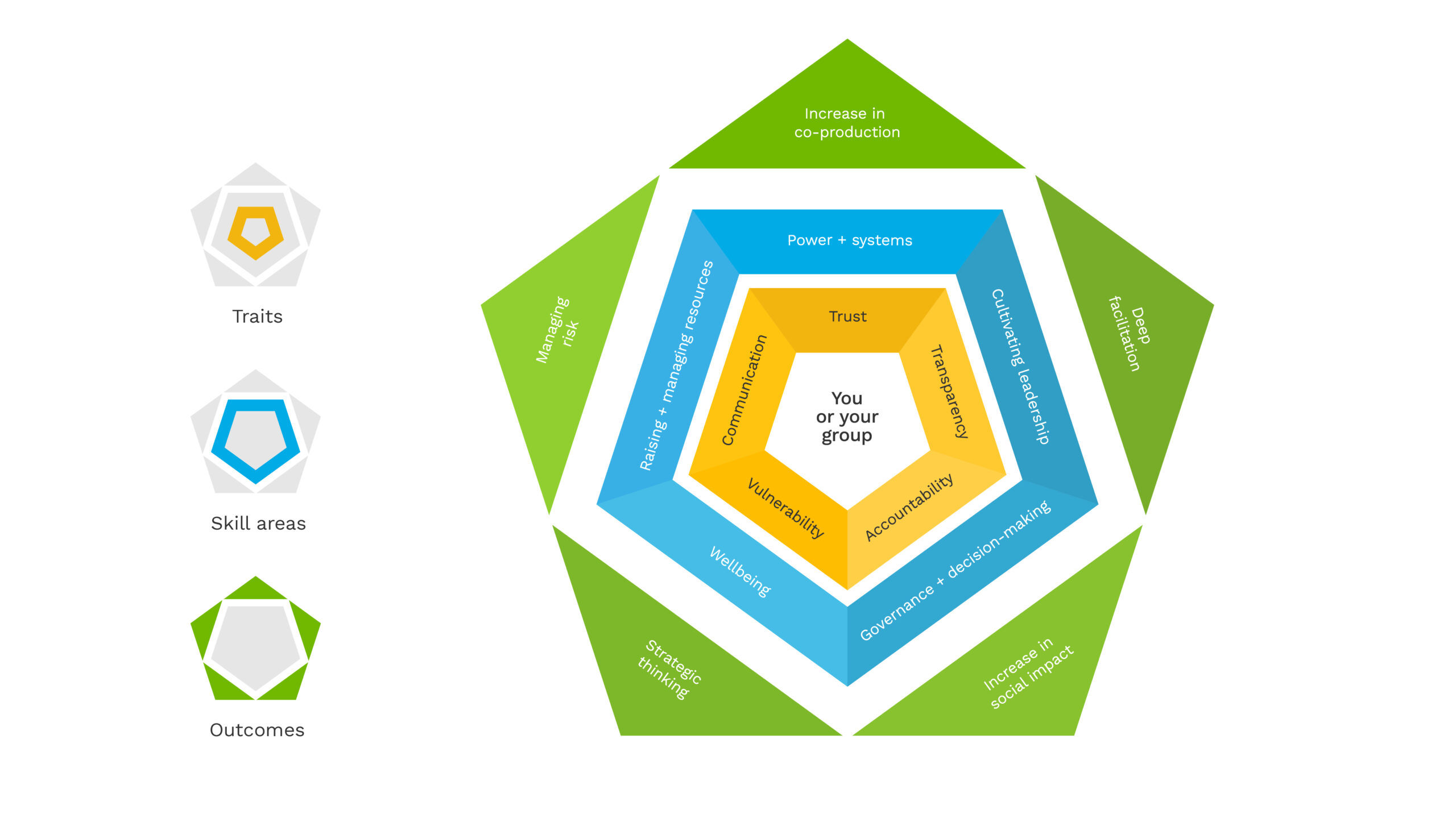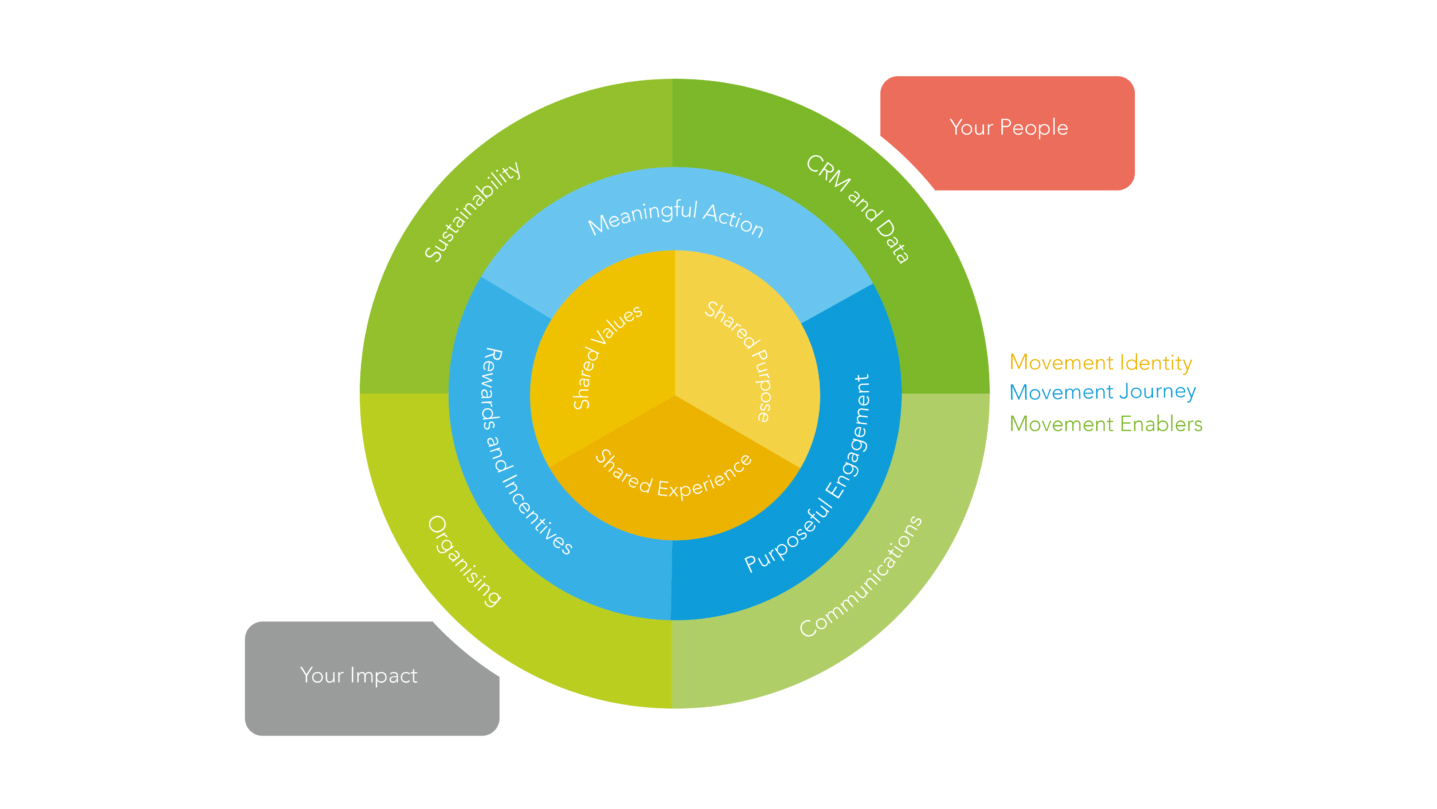Housing First: Tackling homelessness

How a movement centred around an approach to homelessness service delivery has spread internationally
This month at the Social Change Agency we have been looking at different organisations, campaigns and initiatives that make up the the housing justice movement.
In 1992, Dr. Sam Tsemberis founded Pathways to Housing in New York City where the Housing First Approach model was created and implemented. This model provides immediate access to permanent supportive housing to individuals who are homeless and who have mental ill health and issues with substance misuse.
By offering an alternative and innovative way of providing housing and homelessness services as opposed to the traditional emergency shelter & transitional housing approach, this model was gradually adopted in different countries. Fast forward to 2018 and we have an international movement of Housing First services in countries such as Australia, Canada, Japan, Finland, France and the UK. Across the world, Housing First works end homelessness and to improve the lives of, and support for, some of society’s most excluded people.
Let’s take a look at how a movement centred around an approach to homelessness service delivery has spread internationally.
How a movement centred around an approach to homelessness service delivery has spread internationally
This month at the Social Change Agency we have been looking at different organisations, campaigns and initiatives that make up the the housing justice movement.
In 1992, Dr. Sam Tsemberis founded Pathways to Housing in New York City where the Housing First Approach model was created and implemented. This model provides immediate access to permanent supportive housing to individuals who are homeless and who have mental ill health and issues with substance misuse.
By offering an alternative and innovative way of providing housing and homelessness services as opposed to the traditional emergency shelter & transitional housing approach, this model was gradually adopted in different countries. Fast forward to 2018 and we have an international movement of Housing First services in countries such as Australia, Canada, Japan, Finland, France and the UK. Across the world, Housing First works end homelessness and to improve the lives of, and support for, some of society’s most excluded people.
Let’s take a look at how a movement centred around an approach to homelessness service delivery has spread internationally.
How a movement centred around has spread internationally
This month at the Social Change Agency we have been looking at different organisations, campaigns and initiatives that make up the the housing justice movement.
In 1992, Dr. Sam Tsemberis founded Pathways to Housing in New York City where the Housing First Approach model was created and implemented. This model provides immediate access to permanent supportive housing to individuals who are homeless and who have mental ill health and issues with substance misuse.
By offering an alternative and innovative way of providing housing and homelessness services as opposed to the traditional emergency shelter & transitional housing approach, this model was gradually adopted in different countries. Fast forward to 2018 and we have an international movement of Housing First services in countries such as Australia, Canada, Japan, Finland, France and the UK. Across the world, Housing First works end homelessness and to improve the lives of, and support for, some of society’s most excluded people.
Let’s take a look at how a movement centred around an approach to homelessness service delivery has spread internationally.
Housing is a right
Underpinning this movement is the shared value that first and foremost, housing is a human right. This means that:
- All people deserve housing and that stable and adequate housing is a precondition of recovery.
- Housing is not contingent upon readiness or on ‘compliance’ (for example, sobriety)
- Housing is the first step in ending the vicious cycle of homelessness which means;
- Other issues that may affect the individual or household can and should be addressed once housing is obtained.
Second, this movement values user choice and self-determination, emphasizing user choice in terms of housing and services supporting recovery. This recognizes that all individuals and households are unique and have different needs:
- Users should be able to exercise some choice regarding the location and type of housing they receive however choice may be constrained by local availability and affordability.
- Users should have choices in terms of what support services they receive, and when to start using support services.
The impact
Closely aligned to the two main values this movement holds is their purpose and similarly, to their impact: eradicating homelessness through a transformative, systems approach where the fundamental values and practices guiding Housing First are applied across and embedded in housing and homelessness programmes as well as service delivery. In effect, making universal the belief in the right to housing regardless of circumstance, socioeconomic class etc..
Movement members share an experience of wanting to shift away from and to find an alternative to traditional ‘treatment first’ or ‘staircase’ approaches, where people experiencing homelessness are placed in emergency services first and moved through different levels of housing to ‘prepare’ them for permanent housing, which was only offered after they addressed certain personal issues such as substance misuse.
An evidence based approach
Evidence from Housing First schemes in other countries shows it can help tackle homelessness (see for example the Centre for Social Justice 2017 report on housing first), enabling organisations and councils to make successful bids for funding for housing first initiatives, further spreading and transforming attitudes and practices guiding housing programs.
What’s next?
Where does this movement go next? Housing First is slowly being trialled and adopted in Brighton & Hove, Hackney, Camden & Islington, Greater Manchester, Liverpool and the West Midlands but how can this movement spread quickly and widely and put Housing First on the national agenda? Would a strong network of practitioners add to building and sustaining the movement? Also, how can the organisations that work in this sector provide opportunities for meaningful engagement beyond applying for and receiving funding for housing first projects? This requires systems, processes and sustained action.
What to learn more about Housing First? Below are some links of organisations and campaigns that make up the movement of Housing First:
The Centre for Social Justice (CSJ)
Homeless Link
Inside Housing: Cathy at 50 Campaign
St. Mungos
Find out the key ingredients that underpin successful movements



